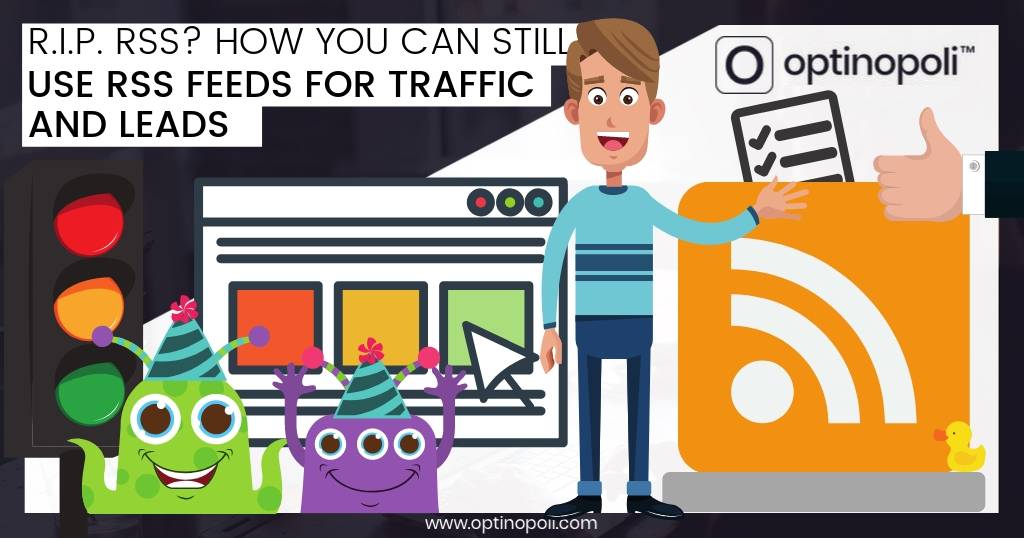
RIP RSS? How You Can STILL Use RSS Feeds For Traffic and Leads...
Much of what you read about RSS online is woefully out of date, referring to techniques and strategies that once worked to help with traffic, SEO, and lead generation, but are generally no longer useful.
And then the rest tells you that RSS is long dead and buried, and to focus on the newer, brighter, shinier objects in town instead.
But should RSS be left to rest in peace? Or are there still genuinely valuable ways in which you can use this once-key technology for traffic and leads?
How can you STILL use #RSS feeds for #webtraffic and #leadgeneration? via @optinopoliClick To TweetThat's what this post aims to find out and share with you. And I think you'll be pleasantly surprised. But first...
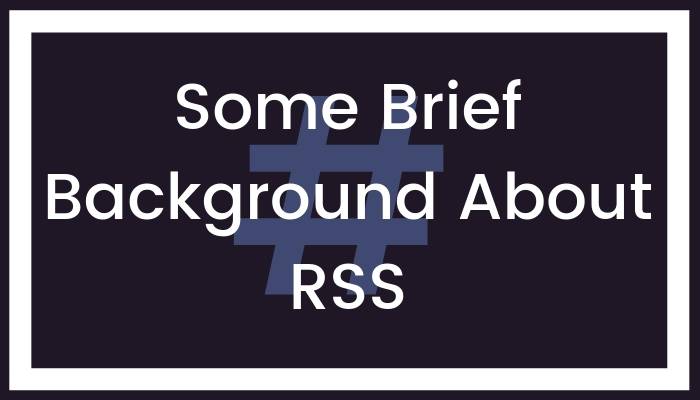
I'll assume you already know what RSS feeds are. If not, really briefly, it's a 'feed' of content provided in a standardized format that software and automated systems can understand, and do something else with, mainly syndicate it elsewhere (RSS = Really Simple Syndication).
If you have an RSS feed attached to your blog for example, whenever you publish a new post, the RSS feed will be updated. You can plug the feed into other systems, as we'll examine shortly, to do some very smart things automatically whenever you publish something new.
In other words, RSS feeds are one way in which you can achieve a certain level of marketing automation.
It's not just blogs either. Many content platforms including YouTube provide them.
And RSS feeds are central to podcasting. It's how the podcast content is syndicated across podcast platforms and directories like iTunes, Stitcher, Spotify and others.
While not as popular as it once was, mainly due to the omnipresence of social media, millions of people still use RSS feeds to create their own focused digital content channels by using a feed reader. They plug in just those feeds they're interested in, thereby avoid the rest of the online 'noise'.
... RSS is far more important for users who want to take in the equivalent of a digital newspaper at the end of the day, something that’s difficult or impossible to do with a service like Twitter. Adi Robertson, The Verge
You can even create an RSS feed from Twitter.
The largest RSS reader, Feedly has 14 million readers, and over 100,000 of them pay for Pro, growing over 65% in four years (they had just 5,000 in 2013).
... anyone weary of black-box algorithms controlling what you see online at least has a respite, one that's been there all along but has often gone ignored. Tired of Twitter? Facebook fatigued? It's time to head back to RSS. Brian Barrett, Wired
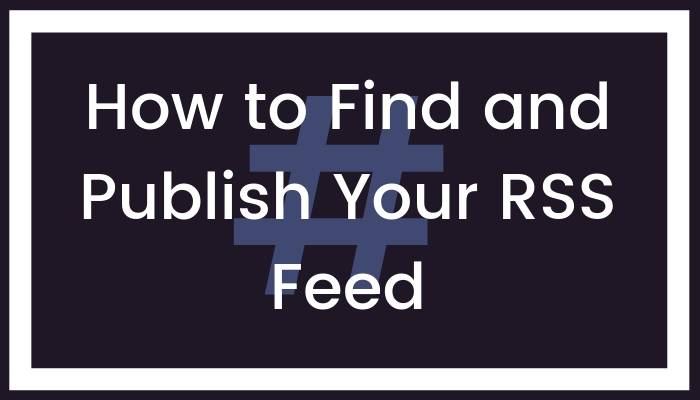
The good news is that if you're using Wordpress, the most popular blogging platform, it has RSS feeds built in by default. You'll find it generally by just adding /feed to the end of your website's URL. For example:
https://www.examplewebsite.com/feed
For other popular platforms:
- YouTube — the URL of your channel page doubles as an RSS feed.
- Medium — add /feed/ before the name of the publication, such as in https://www.medium.com/feed/publication-name.
- Blogger — add /feeds/posts/default to the end of your URL, such as in https://example.blogspot.com/feeds/posts/default.
- Tumblr — add /rss to the end of your URL, such as in https://example.tumblr.com/rss.
- Typepad — after turning on the feed, you'll find it by adding /atom.xml or /rss.xml to the end of your URL.
If you use another CMS platform for your website, there may still be an RSS feed. View the source code and search for rss or atom. You're looking for something like the following within the source code that shows the feed URL:
<link rel="alternate" type="application/rss+xml" href="https://www.optinopoli.com/posts.rss" />
Finally, for peace of mind double check the RSS feed is valid via W3C's Feed Validation Service — if not, it won't be of any benefit.

Now you've got your feed, it's time to put it into action.
Five key ways to use your #RSS feeds for #webtraffic and #leadgeneration #leadgen via @optinopoliClick To TweetFive Key Ways to Use Your RSS Feeds for Traffic and Leads
Despite being seen by many, wrongly, as outdated technology that should be abandoned, RSS is still a valuable part of the online marketing mix. As we'll see, it forms part of the 'hidden plumbing' that enables content on your website to be syndicated elsewhere, including across social media. Here's how you can take advantage...
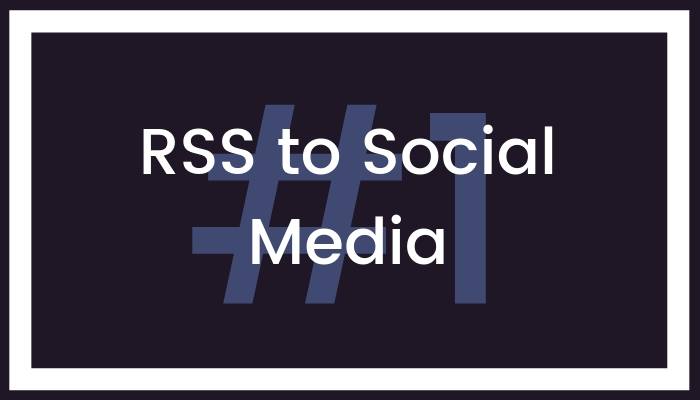
Use your RSS feed to automatically update your social networks, such as Facebook, Twitter and LinkedIn, as soon as you publish new content.
Many of the posts at Twitter... end up there because they’re being directly syndicated from RSS. Sinclair Target, Vice.com
There's a free way to do this using IFTTT (If-This-Then-That).
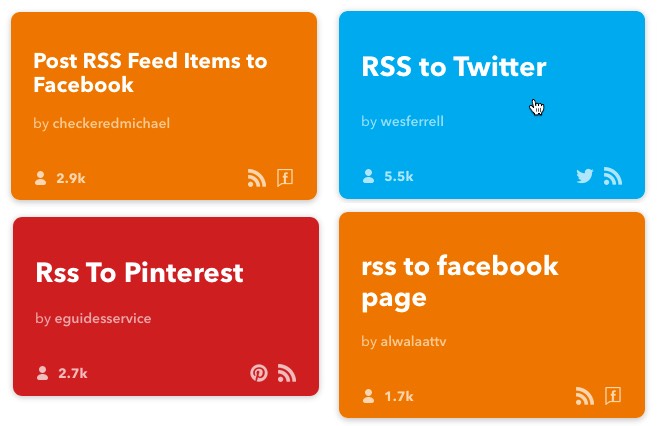
Alternatively, use Zapier, also free up to 5 Zaps.



What's more, by making an RSS feed available on your website, others can do this too in order to regularly and automatically share your content with followers. See #5 below for a great way to get this happening for you automatically, including by some influencers...
Share content automatically to #socialmedia using your #RSS feeds—here's how. via @optinopoliClick To Tweet
Certain autoresponder services will send a new email to your list based on your RSS feed.
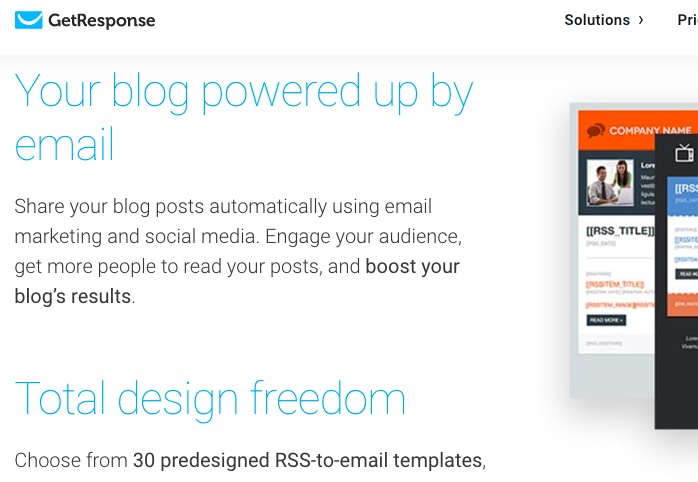
With GetResponse's RSS-to-email option, you can choose from 30 predesigned templates for your email, and choose whether to send emails as soon as you publish new content, or aggregate into say a daily, weekly or monthly digest.
Similar options are available from Aweber and MailChimp.
With MailChimp, you can add a "RSS content block" into any email template—so a standard autoresponder email could for example automatically include the latest content from your blog.
Sharing your latest published content via email, is not just about direct traffic. The more you publicize your content, the more it's likely to be shared by others on social and elsewhere, attract backlinks from other websites, and generate organic leads for your business.
Even if you don't share your content in this way yourself, readers can do it themselves, using a service like Blogtrottr to deliver content straight from your RSS feed to their email inbox.
Automatically publish your latest content to your email list using #RSS feeds #smallbusinessmarketing via @optinopoliClick To Tweet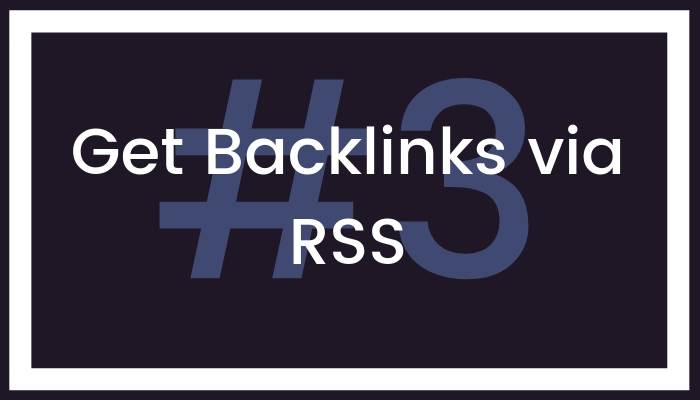
CommentLuv is a plugin for Wordpress that thousands of bloggers use to incentivise readers to leave comments, thanks to the backlink they get in return.
To take advantage, find blogs that use CommentLuv and leave a quality comment. When you enter your website URL, the plugin will automatically find your RSS feed and scan your most recent posts. You then choose which post to link back to from your comment.
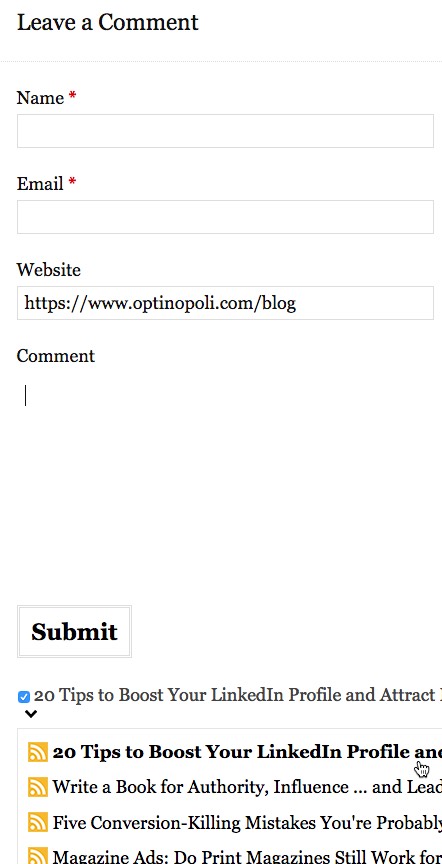
To find suitable blogs, simply google, 'blogs using commentluv'.
While the backlinks should help boost search visibility, use appropriately. Avoid stepping over into 'spam' territory, leaving brief, dubious comments just for the sake of a backlink.
Instead, find quality blogs relevant to your own niche, where the blog comments are properly moderated. Contribute a thoughtful comment that adds some value.
While helping to ensure approval, the quality of your comment also increases the potential value of your backlink and helps attract direct click-throughs from readers interested in finding out more. Choose an appropriate blog post relevant to the post in question.
Aside from CommentLuv, you'll also find that by making an RSS feed available on your blog, some websites will syndicate that comment and give you further backlinks. They'll generally publish an excerpt, and link back to the original post.
Did you know you can use your #RSS feed to generate backlinks for your website? #SEO via @optinopoliClick To Tweet
Use WiseStamp to automatically showcase your latest content in, and attract traffic and leads from, your email signature.
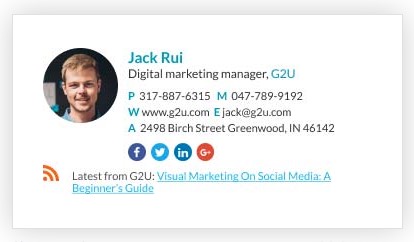
With businesses often collectively sending out hundreds or even thousands of one-to-one non-broadcast emails a day, it can be a very powerful way to generate new traffic and leads using your RSS feed.
Use your #RSS feed to publicize your latest content and attract #leads #leadgeneration via @optinopoliClick To Tweet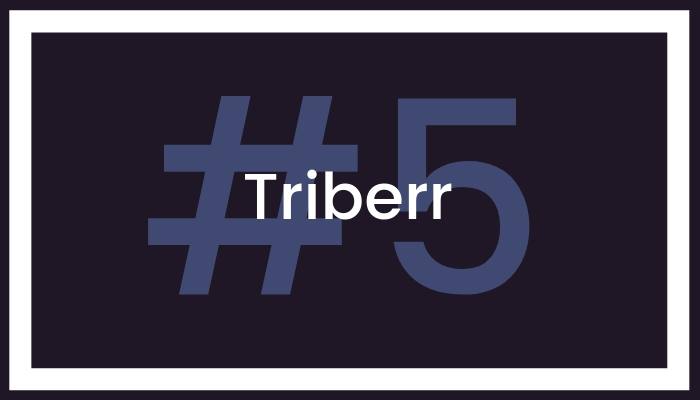
Finally, Triberr is a powerful site created to facilitate the amplification of your content via your RSS feeds, as well as help generate some powerful relationships with influencers. You can join one of over 60,000 tribes—groups of content producers with similar interests—or create your own.
The basic concept is that you share content from other people on social media, while they share yours. The social networks they support include Facebook, Twitter and LinkedIn.
You use it by plugging your feed into your Triberr account, from which new content is imported automatically for others to share.
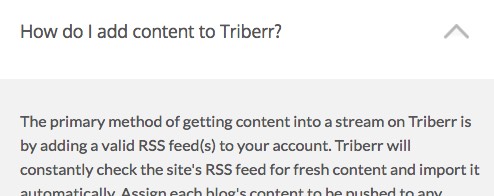
To Conclude
There's no shortage of advice available claiming that this, that or the other technique is dead and shouldn't be used any more, from email marketing to SEO to social media. RSS is no exception.
While it's popularity for feed readers has certainly declined in the wake of social media's inexorable rise, it's far from dead and buried.
As we've seen, your RSS feeds can be put to valuable use in several ways, publicizing your content, and even connecting with influencers, to increase your traffic and help generate leads for your business. Don't let it RIP just yet.
Is #RSS really dead? Far from it. Here are 5 top ways to put RSS into action via @optinopoliClick To Tweet
steve shaw
Steve Shaw is the CEO of optinopoli™, next-generation lead capture and sales conversion technology—click here for more info.
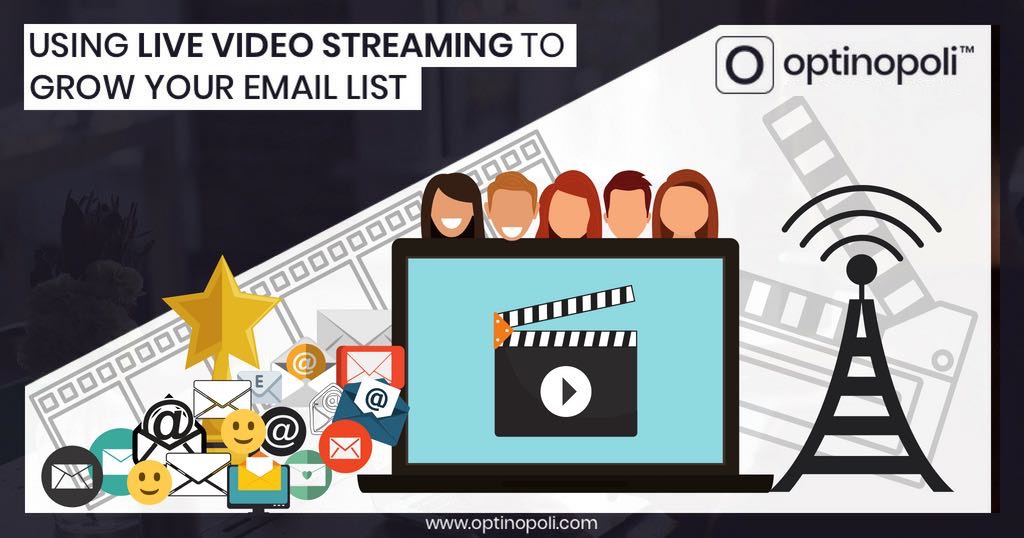
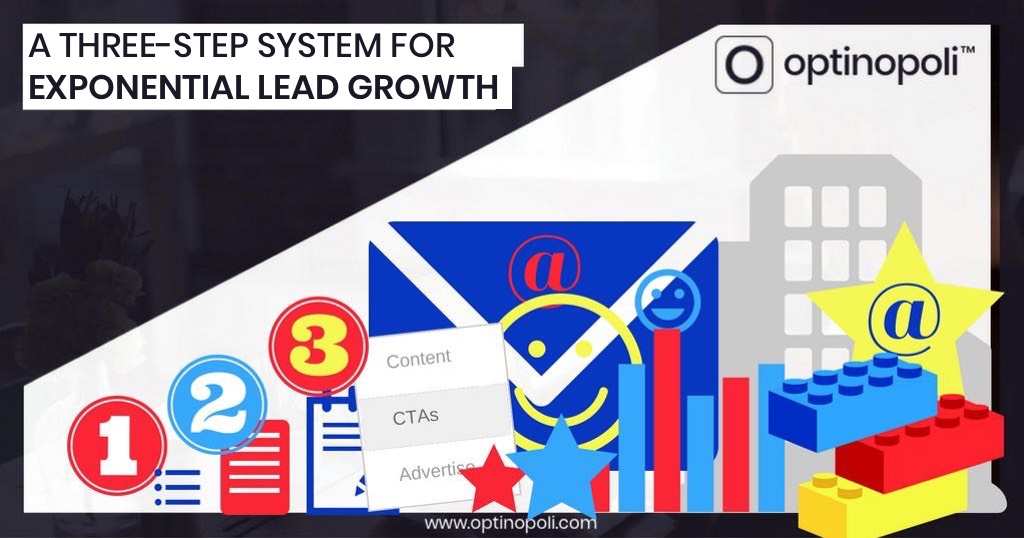

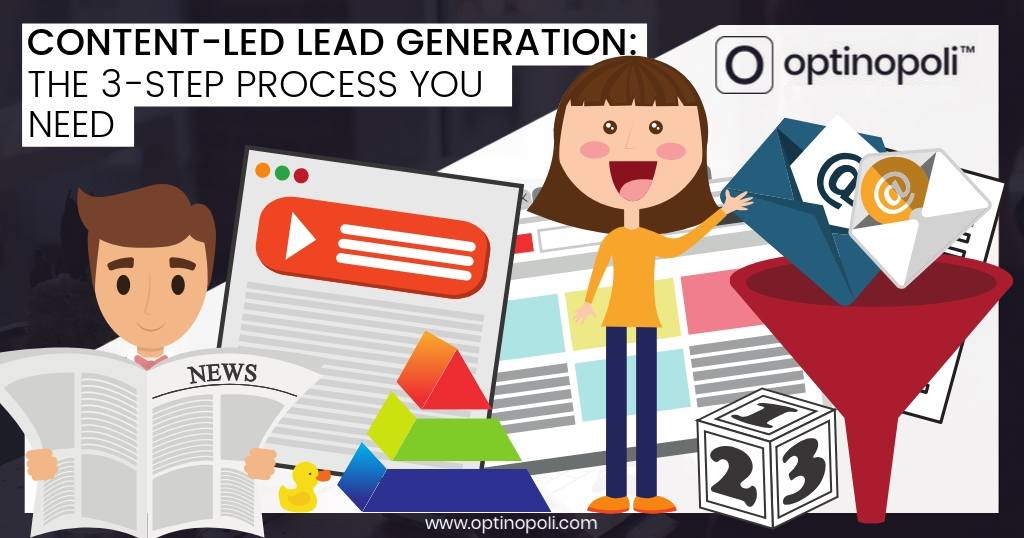
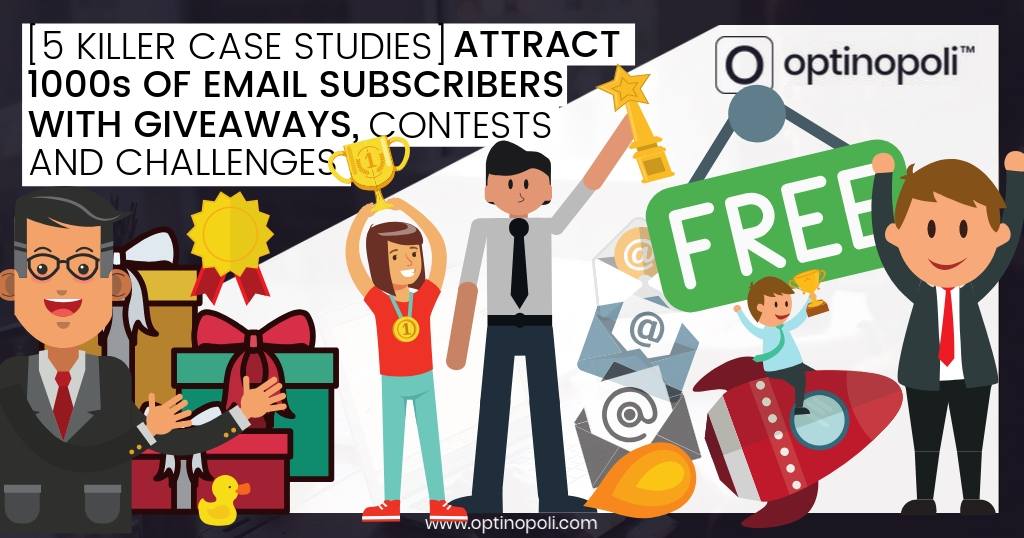
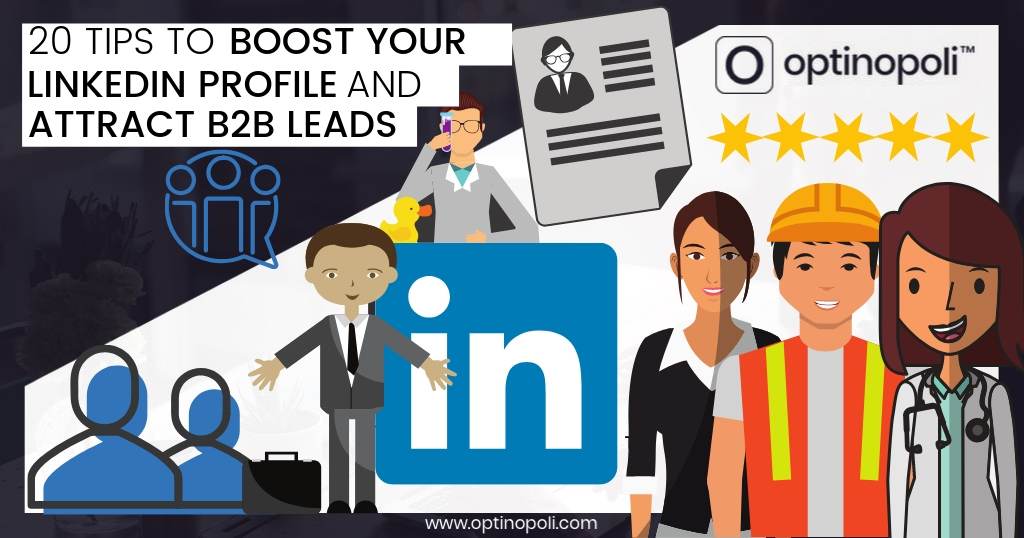
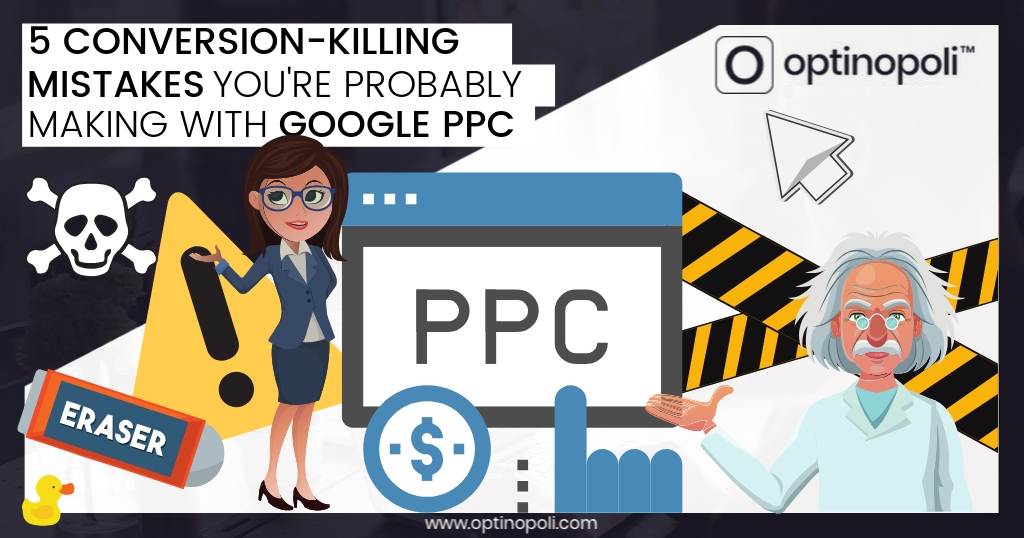
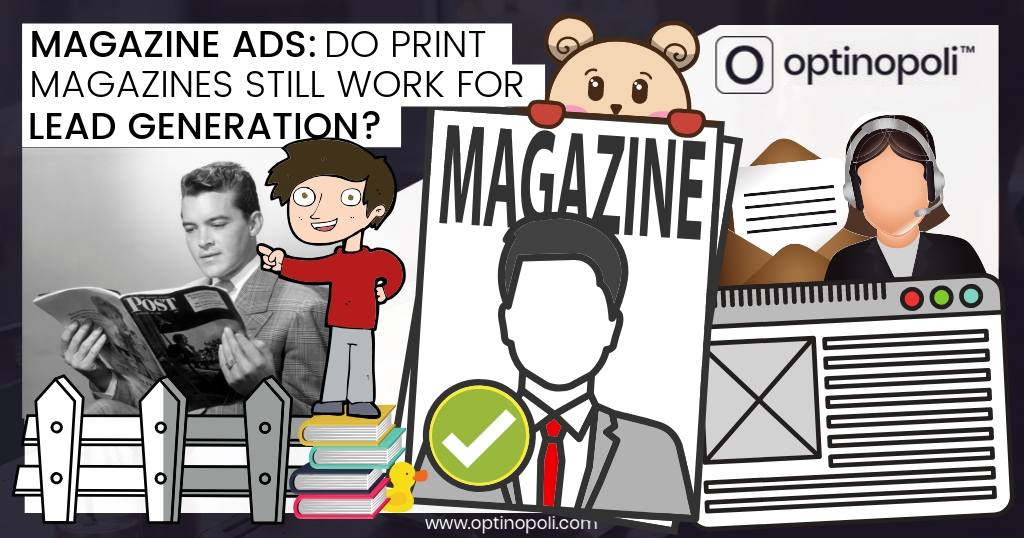
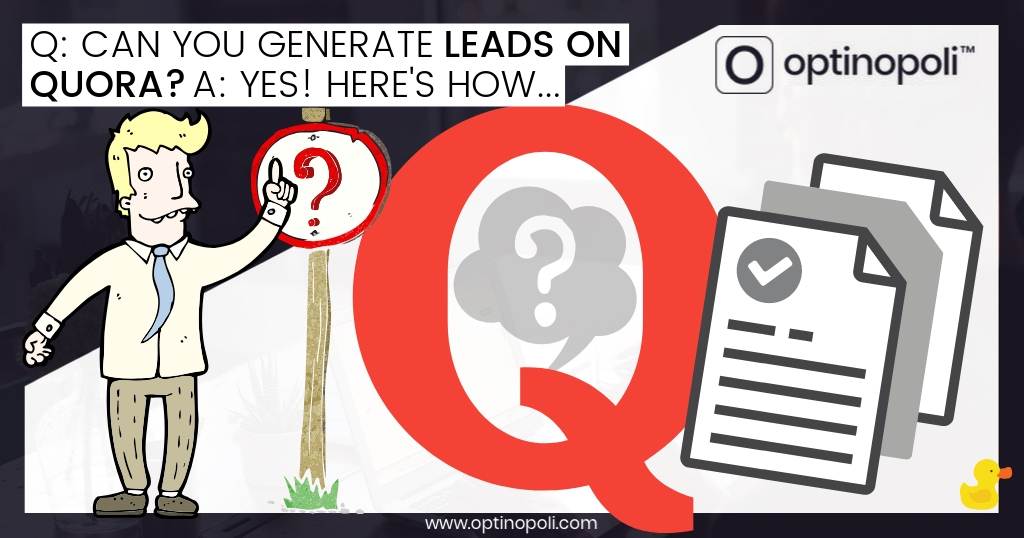
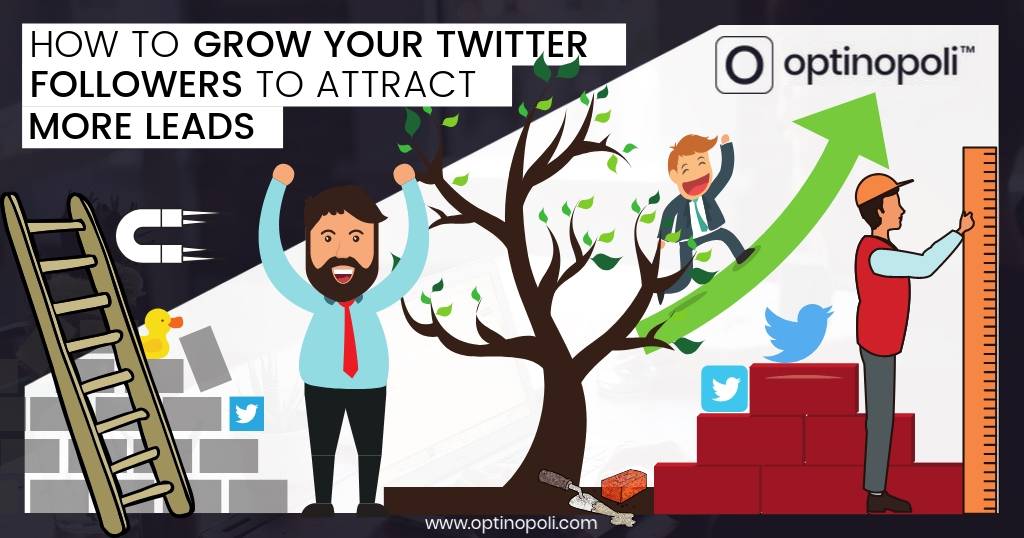
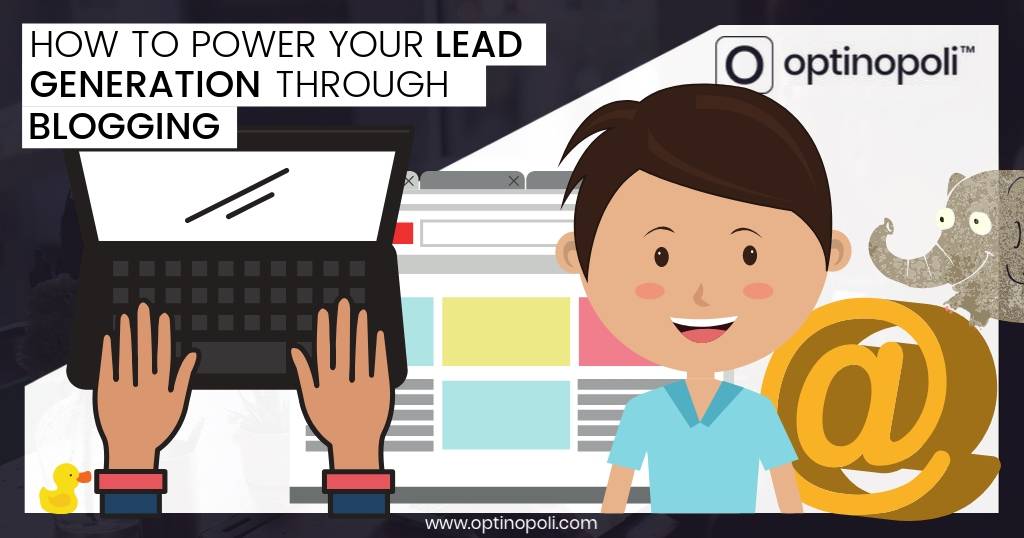
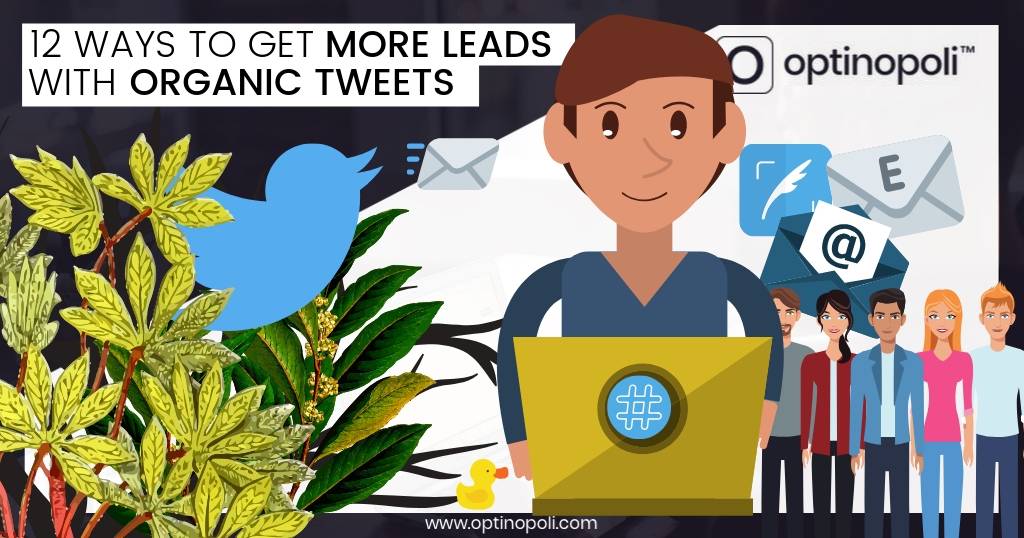
Comments